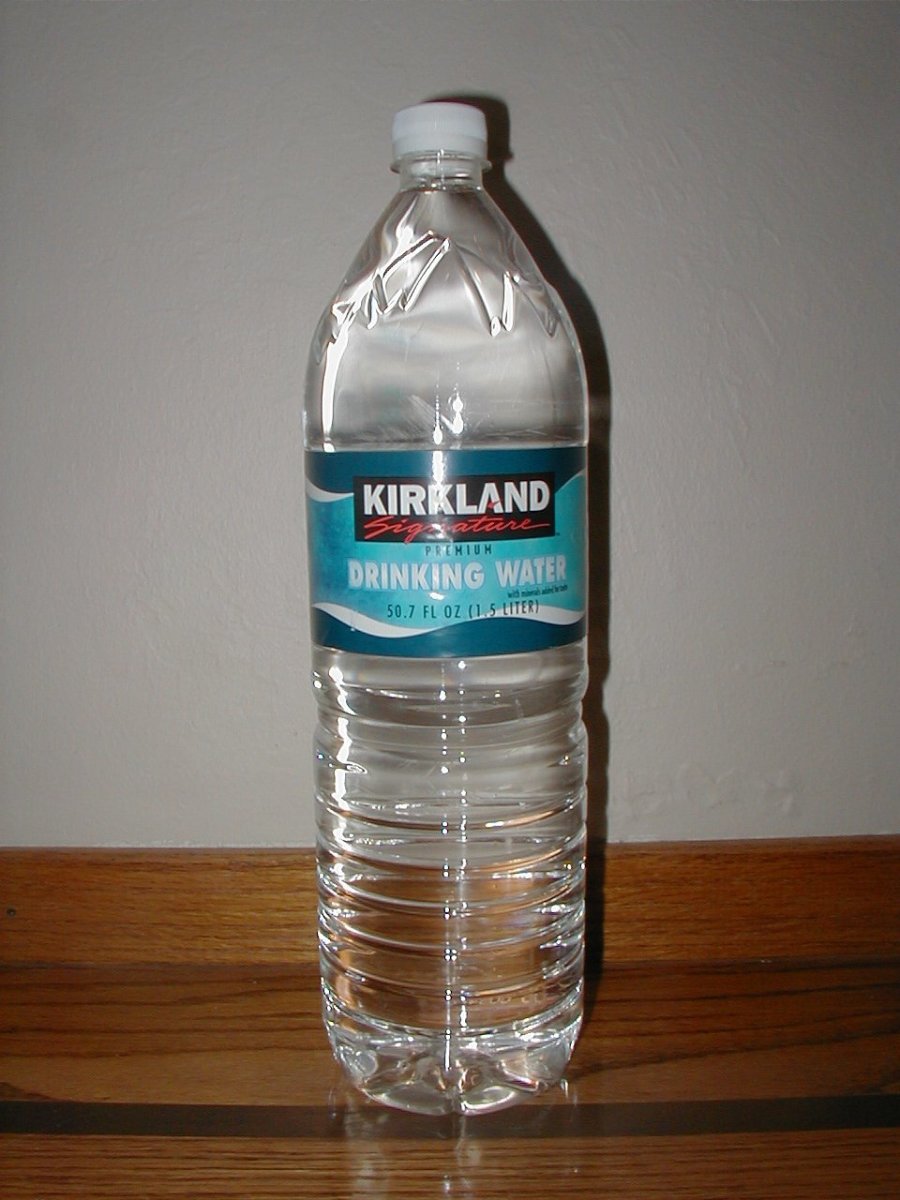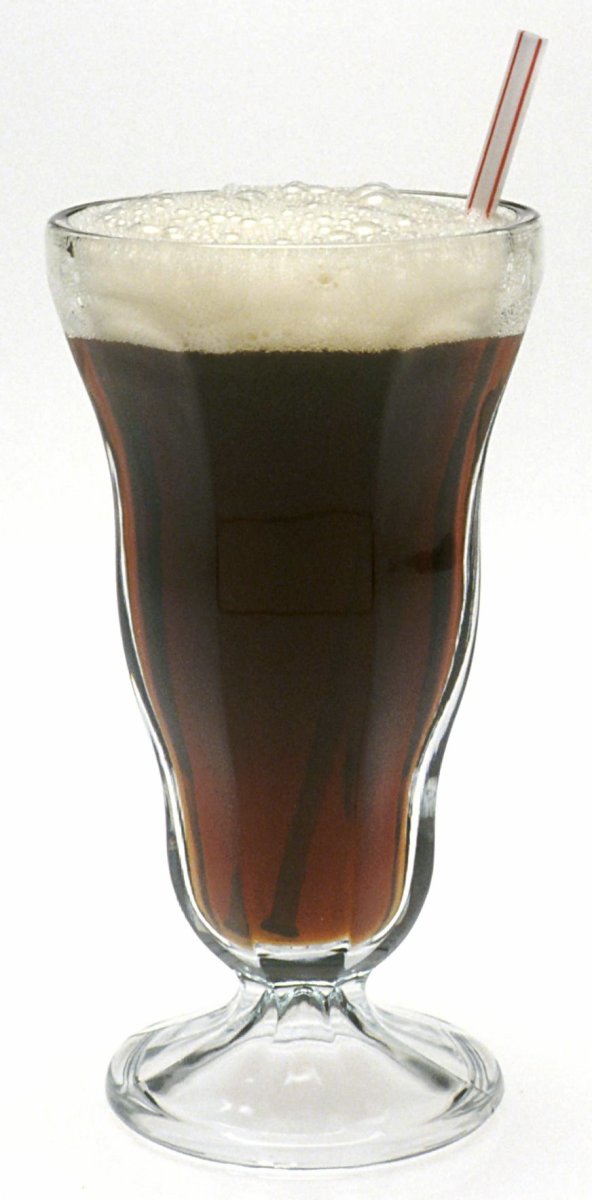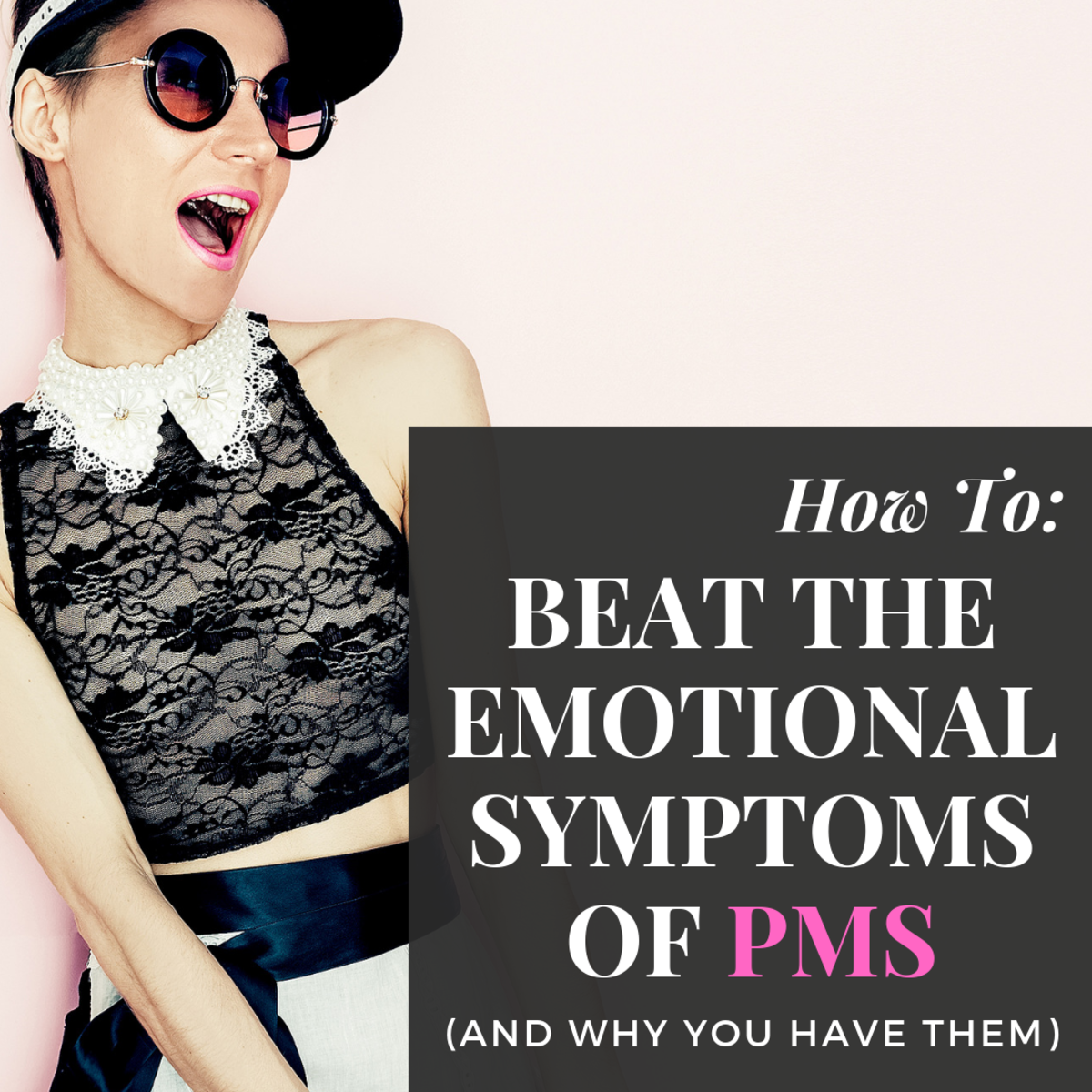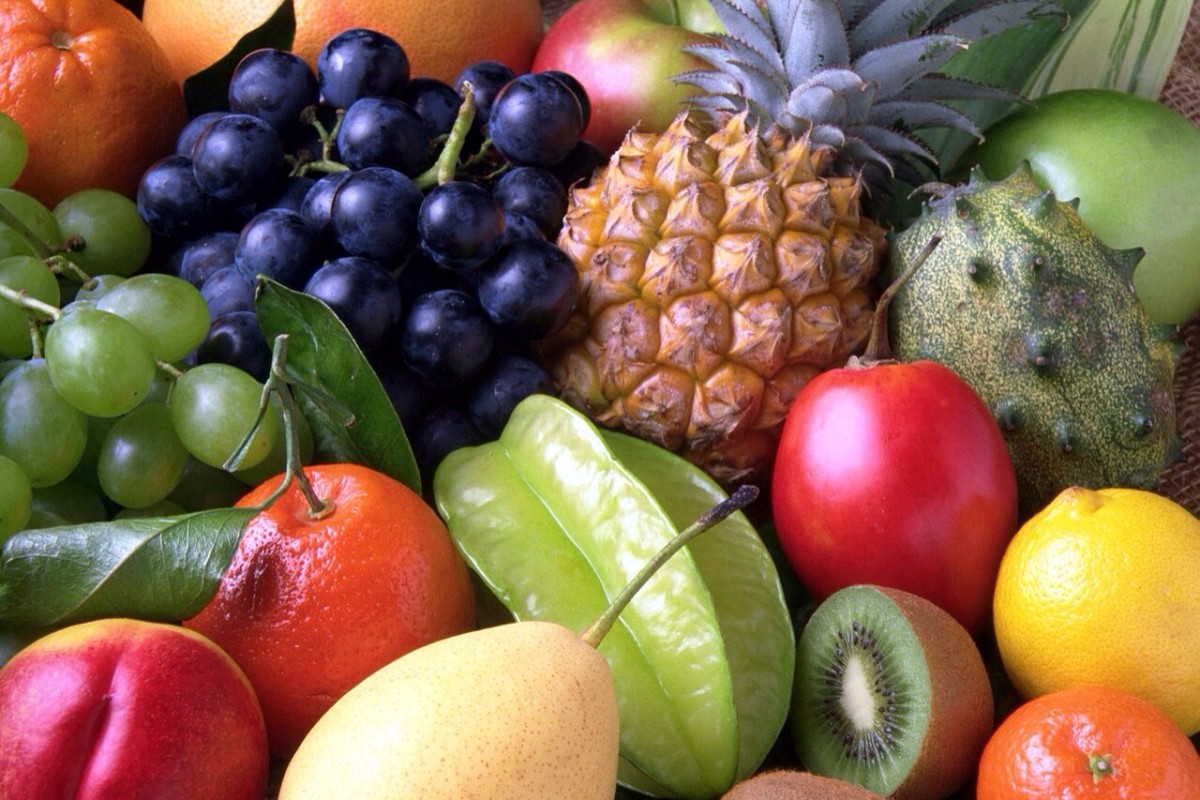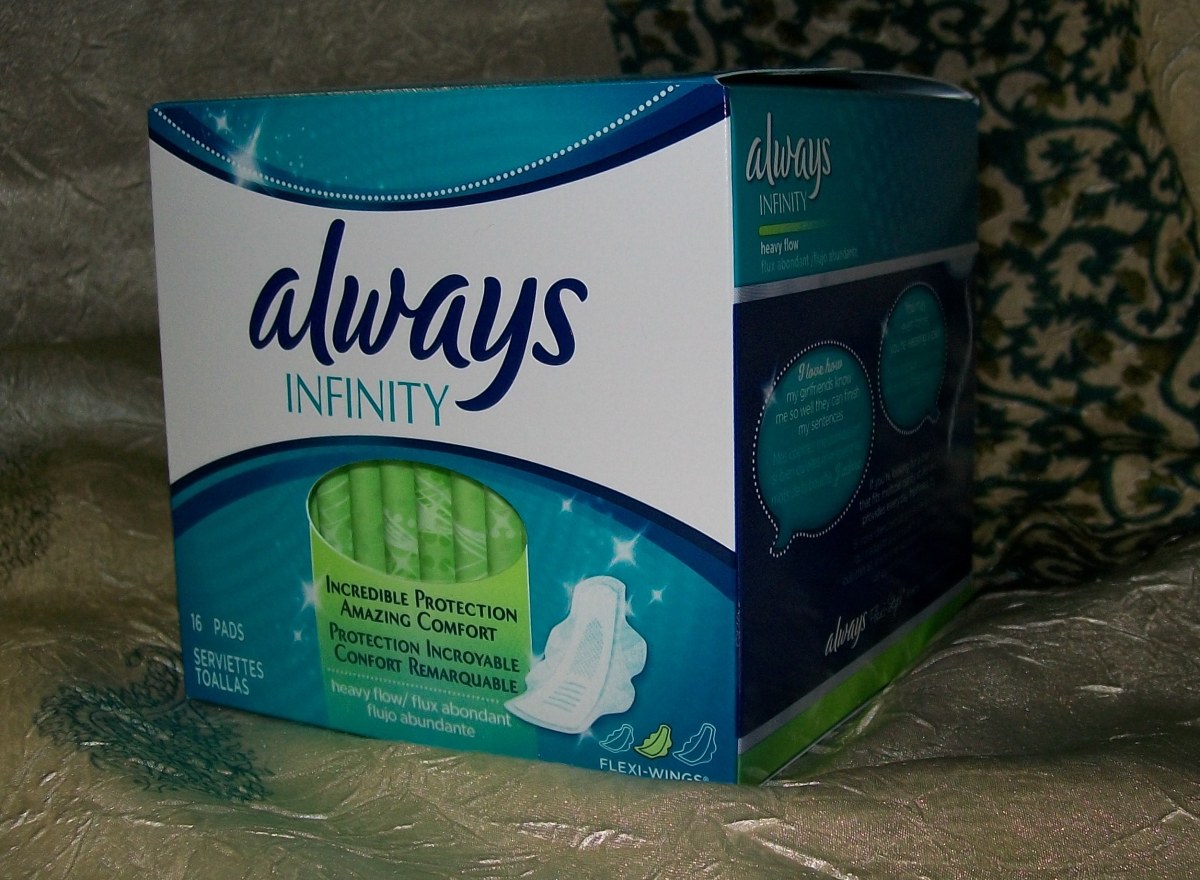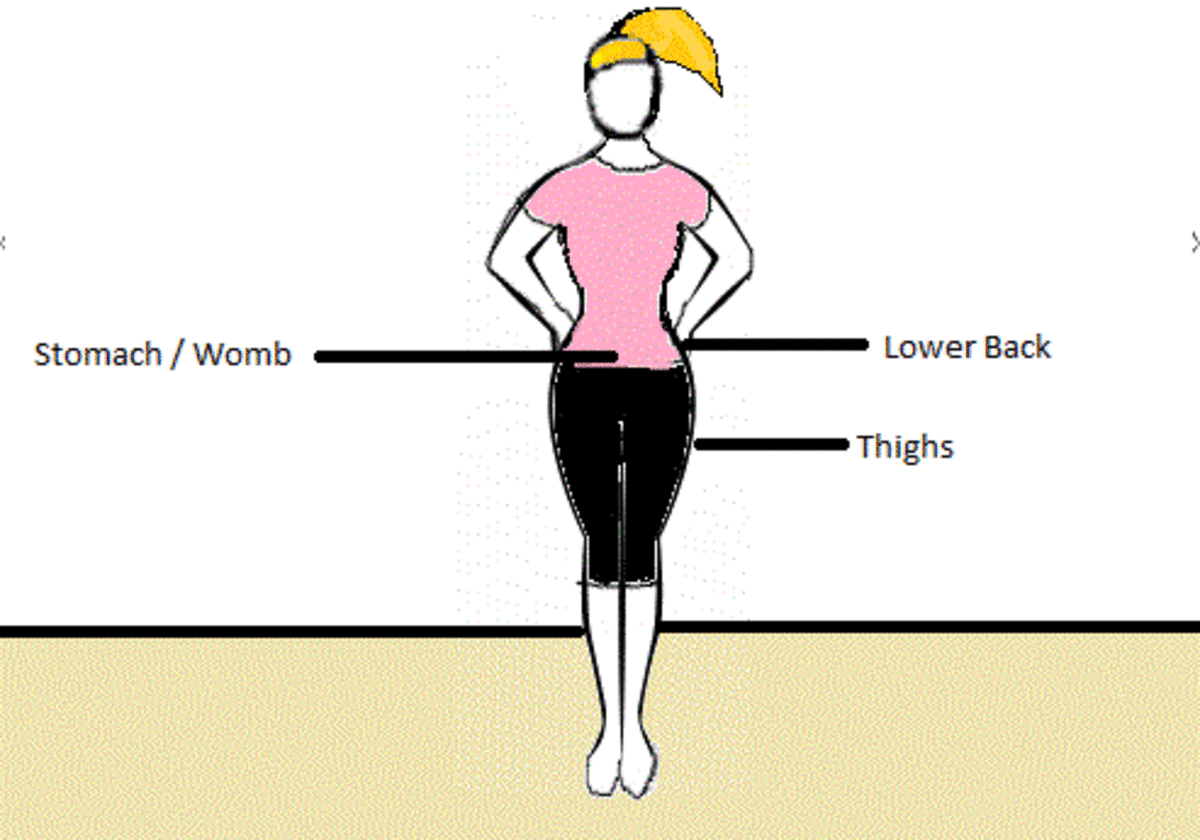Control PMS By Adjusting Your Diet
What Is Cramping and Why Do You Have it?
Generally speaking when you have your menstrual cycle you're not actually bleeding. The lining of your uterine wall is shedding. The "bleeding", as it appears to be, could go on anywhere from 3 - 7 days. This is a normal part of your reproductive system.
According to Livestrong.com when your uterine wall sheds it produces a substance called prostaglandin (like a hormone, but not actually one) that is released into the uterus causing inflammation, constriction of blood vessels, and contractions.
This all results in the pain you feel during your cycle. Not all women suffer from menstrual pain, but when you do it's one of the most awful things imaginable. One thing that has almost eliminated the problem for many women is changing their diet from sugary, caffeinated, fatty foods to those high in fiber and protein, including healthy amounts of monounsaturated fat and polyunsaturated fat, and lots of water.
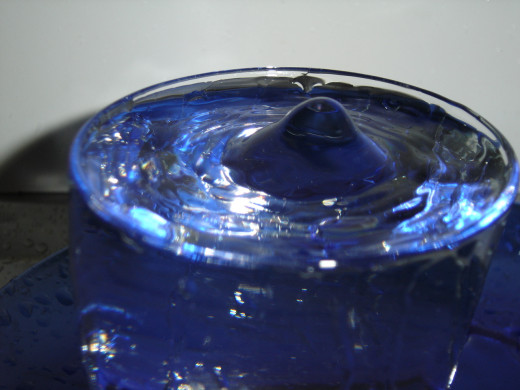
Hydration
A key factor in helping ease the way your body feels during the natural process of your reproductive cycle is hydration. While we all drink different types of beverages throughout the day, they may be loaded with sugar. The drinks we choose, even if they are fruit juices, are sometimes packed with as much sugar as a candy bar. This complicates cramping since it spikes blood sugar levels, gives you empty calories that do little or nothing to help your digestive tract, and drain your energy. The best way to keep yourself hydrated and everything moving properly through your system is... you guessed it
drink pure water
Sure, it gets redundant. The water message has been sent and resent. Still, we are guilty of not drinking enough throughout the day. But, we do this to our disadvantage. Regular hydration with water not only helps you to keep your body healthy, but it also helps you move waste through your intestines more easily. Constipation is something many women have to deal with during their menstrual cycle. Water helps the digestive system work properly and ease the pain of cramping.
The Worst Symptoms
Which symptoms of PMS are most challenging for you?
Load Up On Fiber
So often we eat foods that are heavily processed. In fact, if we kept a food journal and listed everything we ate in a day we'd probably be pretty surprised at the amounts of sugar, fat, sodium, and empty calories we consume regularly. Incidentally it would also occur to us that we aren't getting some essential nutrients that our bodies need to be healthy.
Unfortunately, the fast pace of the American lifestyle usually means we're not taking enough time to be thoughtful about what we eat. Slowing down a little to examine our daily diet and add foods high in fiber not only ensures that we're getting that aspect of our daily necessary nutrients, but also that we're properly managing our digestive tract. This may take some time upfront, but it will be well worth it in the long run. Food high in fiber includes but is not limited to:
- Steel cut oats
- Raspberries
- Apples with the skin on
- Quinoa
- Couscous
- Brown rice
- Air popped popcorn
- Lentils
- Black beans
- Artichokes
- Broccoli
- Different types of nuts
Now, you may read the back of your cereal box, oatmeal, etc. and see that it contains fiber. Although, look again to find the sugar content and be blown away by how much there is. A simple way to deal with this is to buy the least processed form of it. Get plain oatmeal, or go to a whole foods store to buy it in bulk. Add your own brown sugar or honey to take control of how much sugar you're eating. With cereal, get brands that are naturally sweetened or that have very little sugar and add some fresh fruit. Fresh fruit and nuts may also be added to plain yogurt to add fiber to your diet.
Natural Sources of Fiber
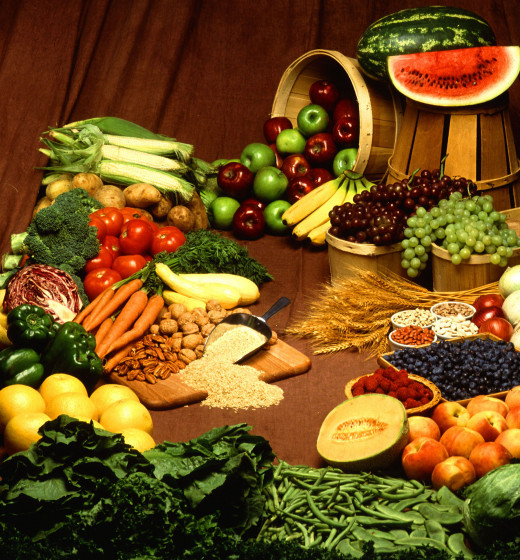
Movement And Energy
An energy source to decrease your caffeine and sugar is intake is movement and exercise. If you don't exercise regularly already a good place to start is with small, deliberate movement. Here are some ways to improve your levels of energy while lessening the pain you feel from cramping.
Get up and walk: while you're at work and you've been sitting a while, boost your energy by taking a walk around your personal work space, or other areas as it seems appropriate.
Stretch: while watching your favorite show or movie at home stand up and do some leg and arm stretches while taking deep, slow breaths.
House stroll: when you get up in the morning take a brisk walk through your entire living space including the bathroom, kitchen, living, dining, and bedroom to get a quick boost of energy.
Fidget: this is normally attributed to nervousness, but in many people it is also responsible for weight maintenance and energy. Jiggle your leg, tap your wrists, wag your foot, or any other fidgety moves that will help you engage.
Limit Caffeine
That morning cup of java is pretty important in most of our lives. For some it's as necessary as showering or brushing your teeth. But, if we really take a look at how our bodies respond to it during the reproductive cycle we may not be so inclined to reach for it first.
Caffeine actually causes anxiety, sleeplessness, and night sweats, which are all counterproductive in trying to stop cramping. For this reason it would be wise to limit caffeine intake to small amounts or none at all. This is not to say we can't have energy boosters throughout the day. We just simply switch those boosters to something that works well with our bodies, continues to add the nutrients we need, and doesn't adversely interfere with our menstrual cycles.
Some sources of caffeine that you are probably already using all day are soda, coffee, chocolate, tea, energy drinks, and the like. There isn't anything wrong with one serving of these a day in small amounts. However, if your diet is packed full of all of them each day you're loading up on a substance that is aggravating your cramping and making you unnecessarily miserable. So, while you're using it for relief you don't really ever get it.
There are several simple alternatives to caffeine that provide energy, nutrition, and balance to the whole diet. Here are a few that have proven to be helpful with digestion, heart health, and energy. Use them in place of caffeine and see the results of change for yourself.
- Blueberries - packed with B vitamins and antioxidants which naturally give you energy
- Apples - provide energy without the crash coffee gives
- Kiwi - the sugar gives you energy while the fiber helps to keep you full so you don't get drained as quickly as with sugary fare that doesn't have the fiber, such as coffee
- Whole grain - A few servings (don't go heavy on this) also help to keep you full so the sugar crash doesn't come. Unlike other carbs whole grains don't carry that sharp spike in blood sugar levels that makes it that much harder to come down from the high energy that carbohydrates provide.
Overcoming Cramps
Exercise
| Hydrate
| Eat Well
|
|---|---|---|
Walks
| Drink water with meals
| Increase fiber in your diet
|
Deep breathing
| Opt for water when eating out
| Eat pecans and almonds for fiber and good fat
|
Dancing
| Use fresh veggies to freshen up water
| Eat vegetables for snacks
|
Swimming
| Put unsweetened fruit juice in water
| Limit sugar and fat
|
Stretching
| Drink lemon water without sugar
| Limit caffeine
|
Small, deliberate movements
| Limit refined sugar
|
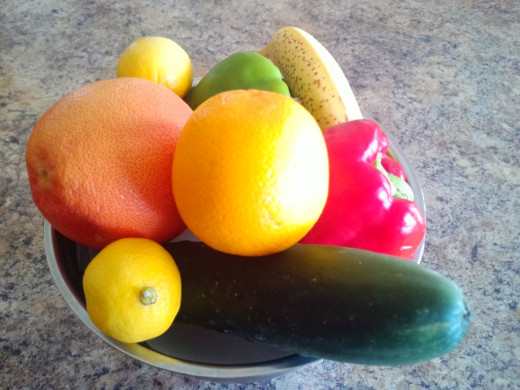
Increase Intake Of Live Foods And Whole Foods
When choosing your breakfast, lunch, dinner, and snacks throughout each day focus on fruit, vegetables, fish, and other poultry. Avoid caffeine, sugar, and fat. Limit dairy and grains servings or eat organic versions of them. Here are some sample menus:
Breakfast
- One egg
- 1/2 cup steel cut oats
- 1 apple
- 8 oz glass of water with lemon juice (no sugar added)
Lunch
- Kale, almond, dried cherry salad topped with parmesan cheese and light vinaigrette
- 4 oz of grilled chicken
- Tomato slices with a pinch of salt and pepper to taste
- 8 oz glass of water with sliced cucumbers
Dinner
- 4 oz baked salmon
- 1/2 cup brown rice with diced red and green bell pepper and onion
- Brussels sprouts
- 8 oz glass of water
Snacks
- 1/2 cup air popped popcorn
- 4 medium sized strawberries sliced and added to organic plain yogurt
- 1 banana with 2 oz of natural peanut butter to dip
- Smoothie with plain yogurt, two veggies, and one fruit blended
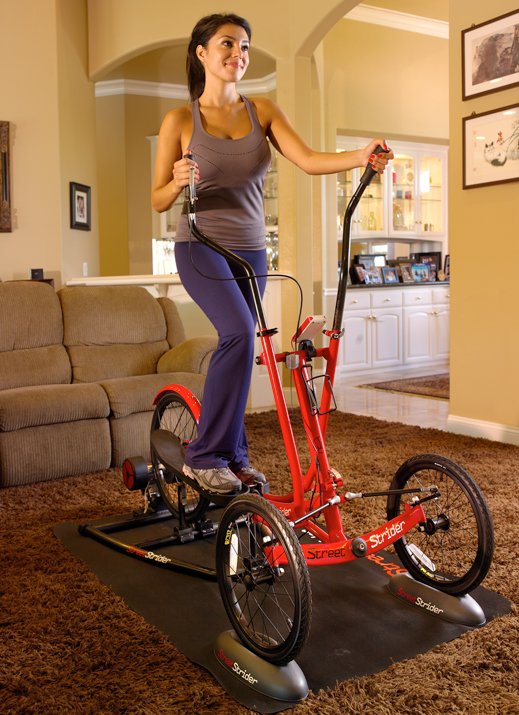
Pay Attention To Your Body
Our bodies speak to us through signals. Thirst and hunger are obvious ways our body speaks to us to signal that something isn't quite right. Likewise, pain and discomfort are also our body's way of telling us something is wrong, Listen and watch for those signals then respond by filling your body with all those things we know are good for us.
Through proper hydration, frequent exercise, and a diet full of fiber and protein you can stop the discomfort of menstrual cramps while improving your overall health. You will improve the quality of your life, and it's worth it.

